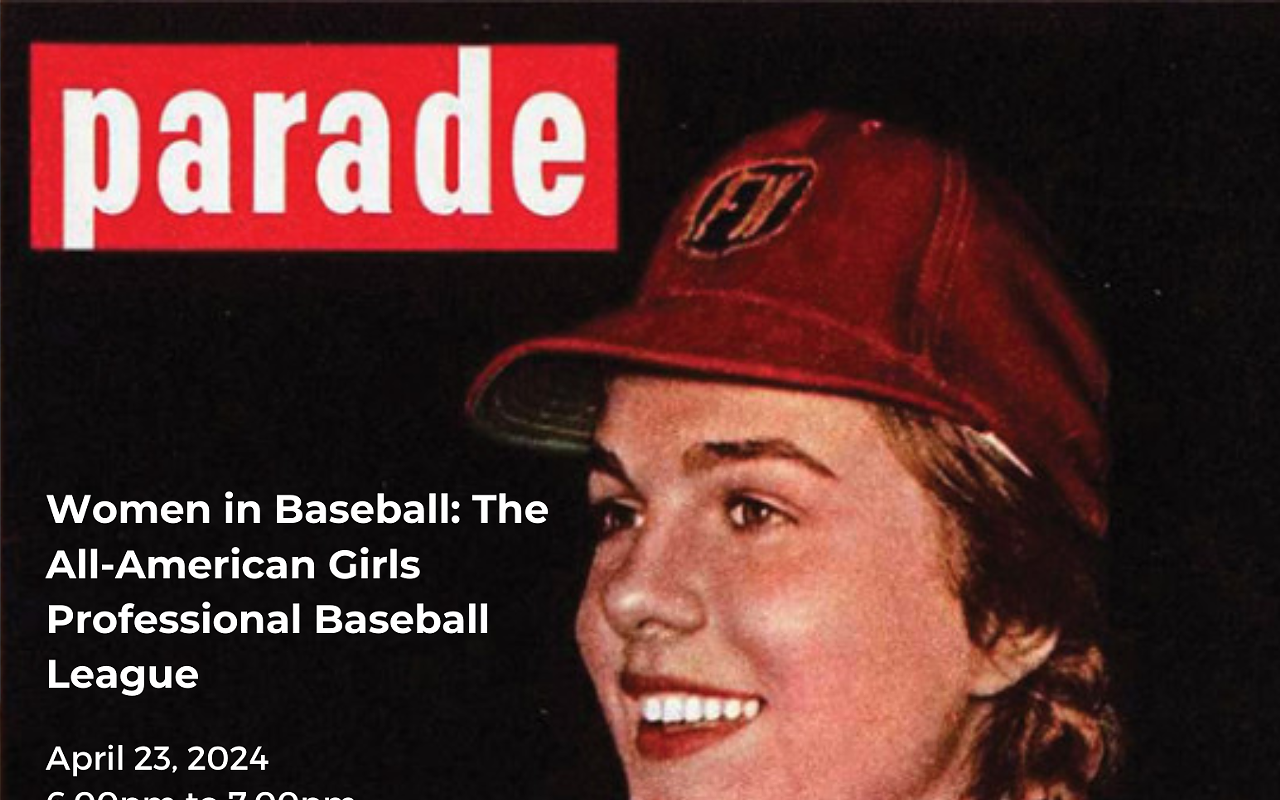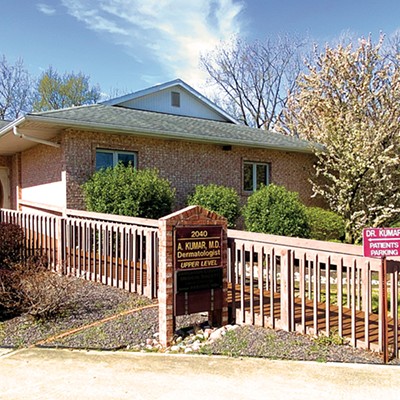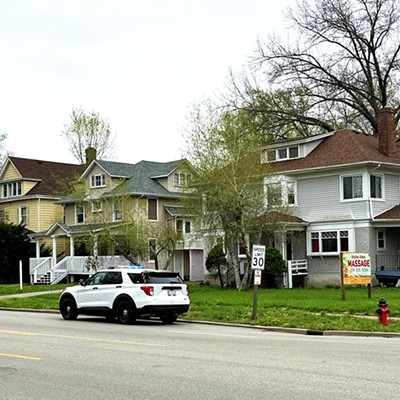Hostility towards immigrants had been building for years. By the middle of the decade, xenophobia reached its peak, leading to a widespread belief that immigrants were threatening to destroy American values and democracy. In response, a new political movement sought to curb immigration, toughen naturalization laws and limit the rights of foreign-born citizens.
The decade was the 1850s. The political movement was the American, or “Know-Nothing,” Party, and the immigrants it abhorred were new arrivals from Ireland and Germany, particularly Catholics.
Irish and German immigration to the United States had been on the rise since the 1820s. Most of the immigrants were “pushed” from their homes by political unrest, unemployment or famine, and “pulled” to the United States by the abundance of cheap farmland and a growing need for labor to build canals and railroads. Between 1845 and 1855, more than 1 million Germans and 1.5 million Irish immigrants arrived in the United States.
These new arrivals were often met with suspicion and occasionally with outright hostility, for a variety of reasons. American workers, particularly among the laboring class, resented foreign competition for jobs. Whig politicians were dismayed at the numbers of immigrants that cast their ballots for the Democratic Party, particularly given how lax residency and voting requirements were at the time. With a zeal for temperance sweeping the American middle class, Americans looked down on the drinking habits of Irish and Germans, to whom alcohol had much different cultural significance. And in an era when tensions between Protestants and Catholics ran high, many Americans believed that the pope was conspiring to take political control of the United States, and that Catholic immigrants were the foot soldiers in this invisible war.
Out of this crucible of fear and suspicion, secret, anti-immigrant fraternal organizations began to spring up. By 1854, these organizations had coalesced into a national political party. The party’s official name was The American Party, but it was more commonly known as the “Know-Nothing Party” because its members, when asked about party activities, were instructed to reply, “I know nothing.”
The Know-Nothing Party quickly picked up steam. Washington, D. C., Philadelphia and Chicago all elected Know-Nothing mayors, and the party swept control of the Massachusetts legislature. In 1856 the American Party backed former president Millard Fillmore as their candidate for president.
Although concentrated in the Northeast, tentacles of anti-immigration sentiment spread into Springfield, Illinois. Springfield’s citizens were no strangers to foreign immigrants. In 1850, 18 percent of Springfield’s 4,500 citizens were of foreign birth. By 1860, Springfield’s population had doubled, and fully one-third of those citizens were foreign-born. These immigrants, particularly the Irish, often held low-wage jobs such as laborers or domestic servants. Mary Lincoln employed a succession of immigrant women as servants, and her experience fueled a nativist bent to her political feelings. In a letter to her sister, she commended Millard Fillmore as someone who “feels the necessity of keeping foreigners within bounds,” adding, “If you Kentuckians, had to deal with the ‘wild Irish,’ as we housekeepers are sometimes called upon to do, the south would certainly elect Mr Fillmore next time.”
She wasn’t alone in her sentiment. Indeed, many of the Lincolns’ personal friends and old political allies were involved with the Know-Nothing Party, including relative by marriage Benjamin S. Edwards and Lincoln’s former law partner, Stephen T. Logan.
For his own part, Lincoln detested the xenophobic stance of the Know-Nothings. He spelled out his views in a letter to his old friend, Joshua Speed: “I am not a Know-Nothing. That is certain. How could I be? How can any one who abhors the oppression of negroes, be in favor of degrading classes of white people? Our progress in degeneracy appears to me to be pretty rapid. As a nation, we began by declaring that ‘all men are created equal.’ We now practically read it ‘all men are created equal, except negroes.’ When the Know-Nothings get control, it will read ‘all men are created equal, except negroes, and foreigners, and Catholics.’ When it comes to this I should prefer emigrating to some country where they make no pretence of loving liberty – to Russia, for instance, where despotism can be taken pure, and without the base alloy of hypocracy.”
Yet these were views that Lincoln only expressed privately. Publicly, Lincoln simultaneously was loath to challenge his old friends and aware that the fledgling Republican party could not afford to alienate the base of voters connected with the Know-Nothings. “I have hoped their organization would die out without the painful necessity of my taking an open stand against them,” Lincoln wrote in 1855.
In this, he got his wish. The Know-Nothing Party was already on the decline in 1855. Fillmore, their candidate for president, was defeated by James Buchanan in 1856. By 1857, the party split over the issue of slavery: anti-slavery Know-Nothings joined the Republicans, leaving the pro-slavery faction weakened and ineffective. Yet, as history has taught us, the demise of the nativist American party hardly meant the demise of nativist sentiment in America.
Erika Holst is a museum curator and author of Wicked Springfield: Crime, Corruption, and Scandal During the Lincoln Era.
Trump has nothing on Know-Nothings
[
{
"name": "Air - MedRect Combo - Inline Content 1",
"component": "11490391",
"insertPoint": "3",
"requiredCountToDisplay": "1",
"parentWrapperClass": "fdn-ads-inline-content-block"
},{
"name": "Air - MedRect Combo - Inline Content 2",
"component": "11490392",
"insertPoint": "7",
"requiredCountToDisplay": "5",
"parentWrapperClass": "fdn-ads-inline-content-block"
},{
"name": "Air - MedRect Combo - Inline Content 3",
"component": "11490393",
"insertPoint": "12",
"requiredCountToDisplay": "9",
"parentWrapperClass": "fdn-ads-inline-content-block"
}
]
Illinois Times has provided readers with independent journalism for almost 50 years, from news and politics to arts and culture.
Your support will help cover the costs of editorial content published each week. Without local news organizations, we would be less informed about the issues that affect our community..
Got something to say?
Send a letter to the editor and we'll publish your feedback in print!


















